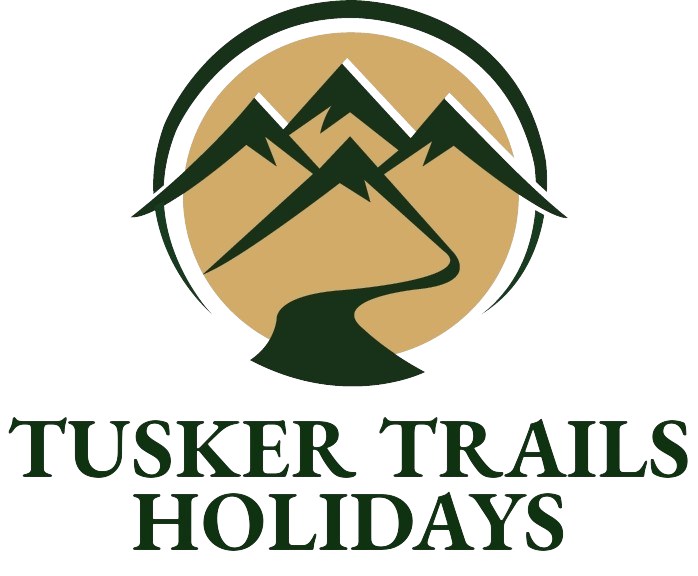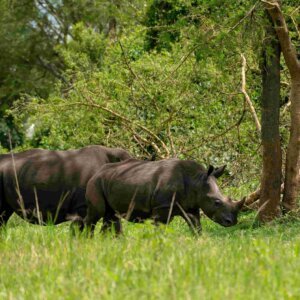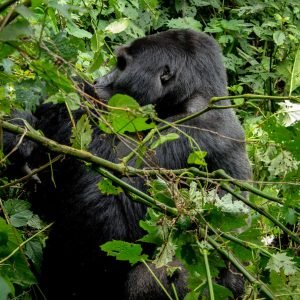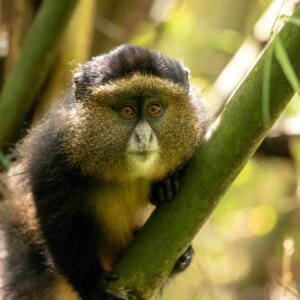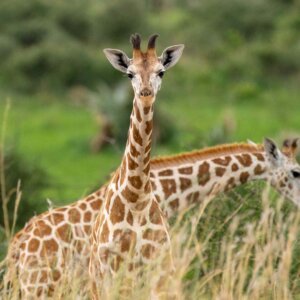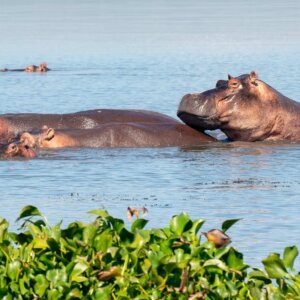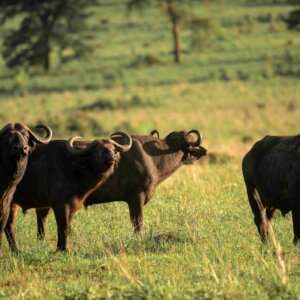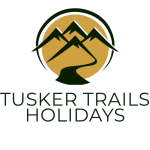Gorilla Trekking Uganda
Gorilla trekking is ideal for adventure seekers looking to experience a wildlife encounter like no other. The activity offers an opportunity to see some of the rarest primates in the world and witness their behaviors in their natural habitats. Gorilla trekking in Africa is the top bucket-list activity for many travelers, and it’s easy to see why. The experience of being just a few feet away from wild gorillas in their natural habitat gives you a sense of awe and respect for these magnificent creatures.
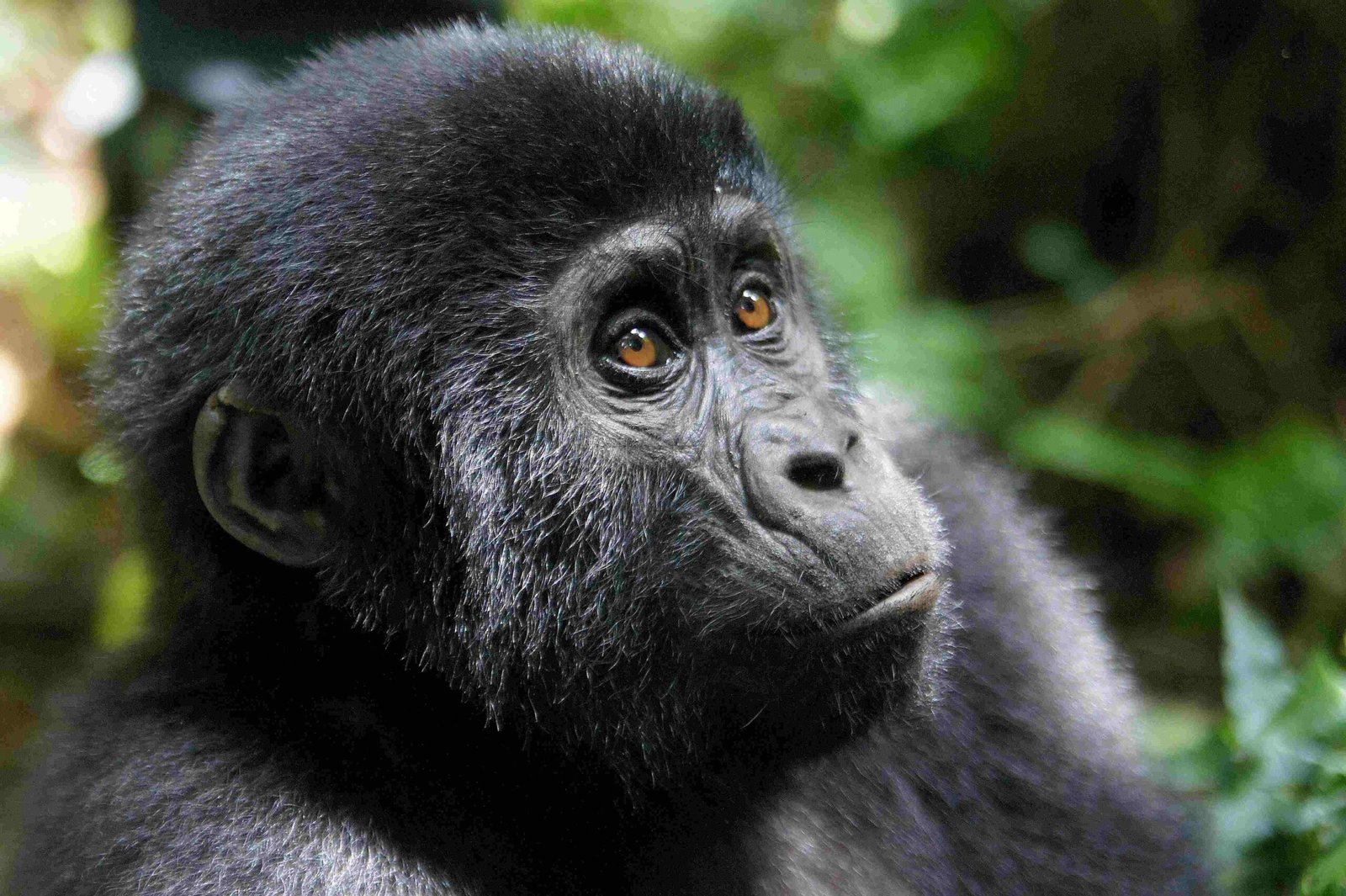
To ensure your journey to visit these gentle apes is a success, book one of our well-planned gorilla trips to Uganda and Rwanda. Our team of experts at Tusker Trails Holidays will work with you to come up with a personalized itinerary that includes gorilla trekking, primate tracking, game viewing, cultural visits and adventure safaris, among other activities. We also offer extended trips to Tanzania and Kenya for those who want to explore the surrounding regions.
As a registered local safari operator, Tusker Trails Holidays has established ground offices in Uganda, Kenya, and Tanzania. Our knowledge and expertise in organizing gorilla safaris have made us the go-to choice for over 400 crafted mountain gorilla tours. Contact us today and let us help you create a gorilla safari
If you are interested in seeing mountain gorillas in Africa, there are three countries that offer this experience: Uganda, Rwanda, and the Democratic Republic of Congo. Uganda gorilla tours take you to Bwindi Impenetrable Forest National Park and Mgahinga National Park, while Rwanda gorilla safaris take you to Volcanoes National Park and in The Democratic Republic of Congo, the Virunga National Park is the place to go. Of the approximately 1,063 mountain gorillas in existence, half live in the cool, forested heights of Bwindi Impenetrable Forest National Park in Uganda.
Popular Uganda Gorilla Trekking Safaris
The 17-Day Uganda Wildlife & Primates Safari takes you eastern, and western Uganda. Spend 17-days exploring Entebbe, Source of the Nile at Jinja, Sipi Falls at Mount Elgon National Park
This 4 days Lake Mburo, Bwindi Forest and Lake Bunyonyi Uganda safari will take you to Lake Mburo National park for the boat cruise trip, wildlife sighting, horseback riding in
This 4 day Mgahinga Uganda gorillas and golden monkey safari will take you to Mgahinga gorilla national park found in southwestern Uganda across the equator. Mgahinga gorilla national park is
This 15 days safari in Uganda will take you to Murchison Falls for hiking to the top of the falls and wildlife viewing, Kibale forest for Chimp tracking anda Bigodi
This 8-day Uganda safari takes you from Kampala-Uganda and back again, giving you the chance to explore the country’s western region and its amazing wildlife and scenery. You’ll get to
This 6-day Uganda safari seamlessly weaves together the incredible adventures of chimpanzee trekking at Kibale National Park, game viewing at Queen Elizabeth National Park, and gorilla trekking at Bwindi Impenetrable
Gorilla Trekking – What to Expect?
Gorilla trekking safaris in Uganda start from the park headquarters, where you will be briefed about the gorilla trekking regulations, health and safety measures, and what to expect during the trek. The treks can last anywhere from 1 to 8 hours, depending on the location and mobility of the gorilla families. The terrain can be challenging, so it’s important to be physically fit before embarking on the trek. During the trek, you will be accompanied by an experienced guide who will walk you through the forest and point out other wildlife along the way.
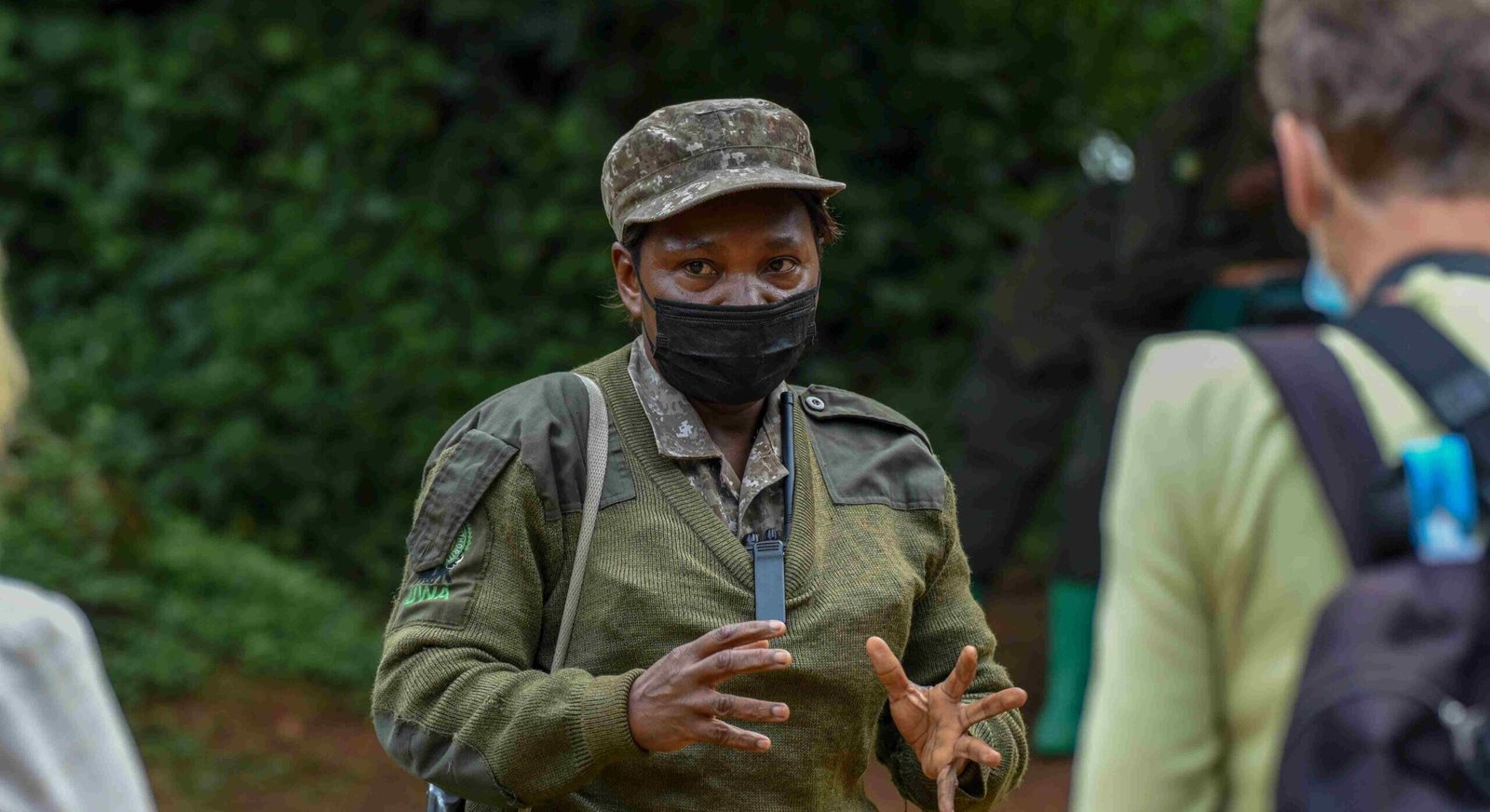
Planning and Booking a Gorilla Safari
Planning and booking a gorilla safari can be quite confusing, which is why it’s recommended to contact a reputable Uganda or Rwanda Tour Operator. They can provide you with all the relevant information about the availability of gorilla permits for your desired travel dates. It’s important to book your gorilla permit in advance, as they can sell out as early as 3 months prior to the dates.
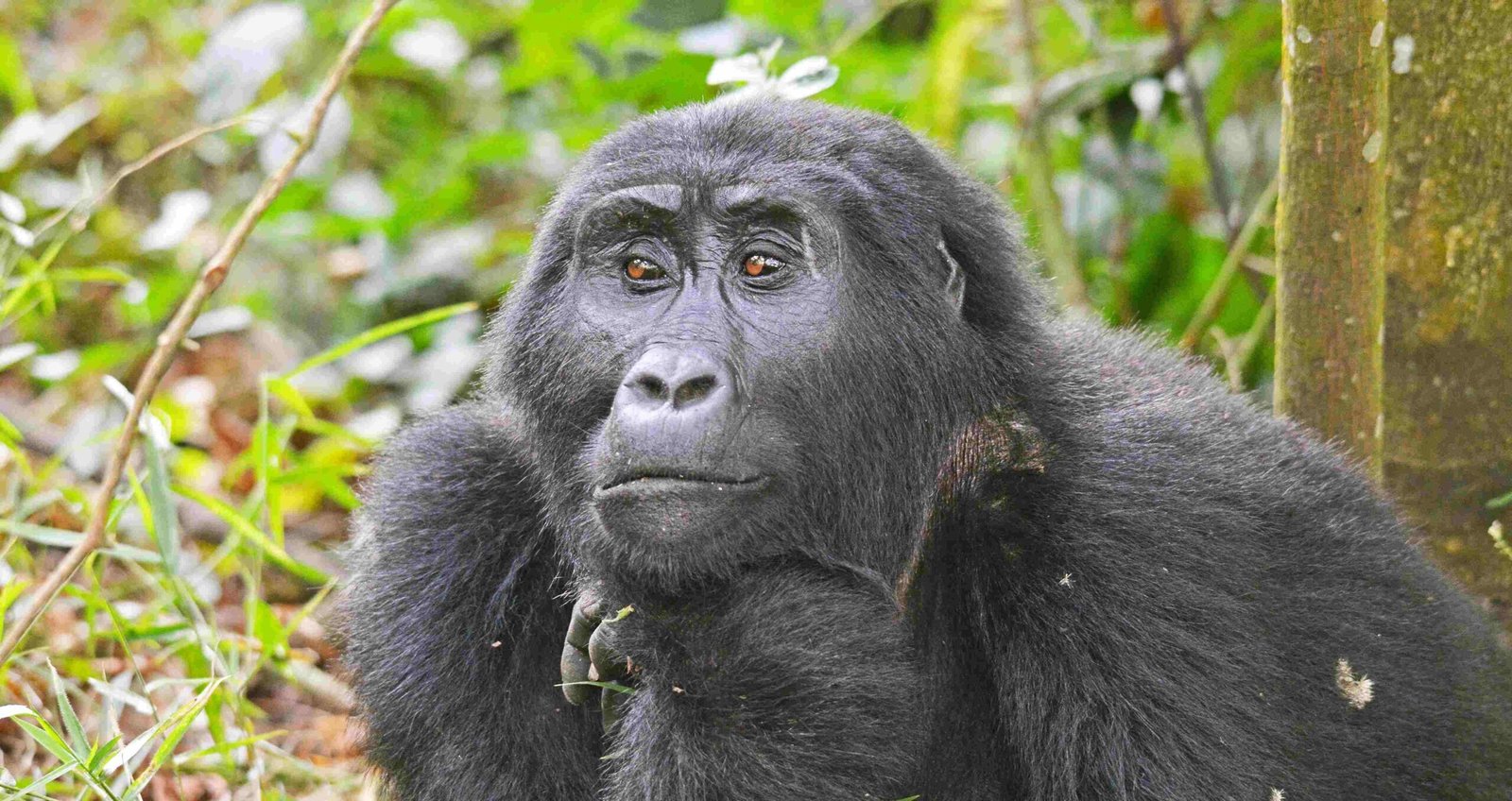
If you are interested in acquiring a Rwanda Gorilla Permit, you can either contact a reputable tour operator to help you book your gorilla permit, or visit the RDB website to check for availability and pay a deposit online to secure your desired dates. Utilizing a tour operator can provide a multitude of benefits, including information on available trekking dates, temporary booking of those dates, and easy payment options such as bank wire or credit card. Your Uganda or Rwanda safari operator will take care of the required ground payments, leaving you to simply fly in and enjoy a seamless safari.
What is the Cost of a Gorilla Safari?
The cost of gorilla safaris in Uganda and Rwanda vary depending on factors such as the country to visit, the type of package selected, and the itinerary chosen. The cost of gorilla permits constitutes a significant portion of the total cost of the trip, with permits costing anywhere from $450 to $1500 depending on the location and season. 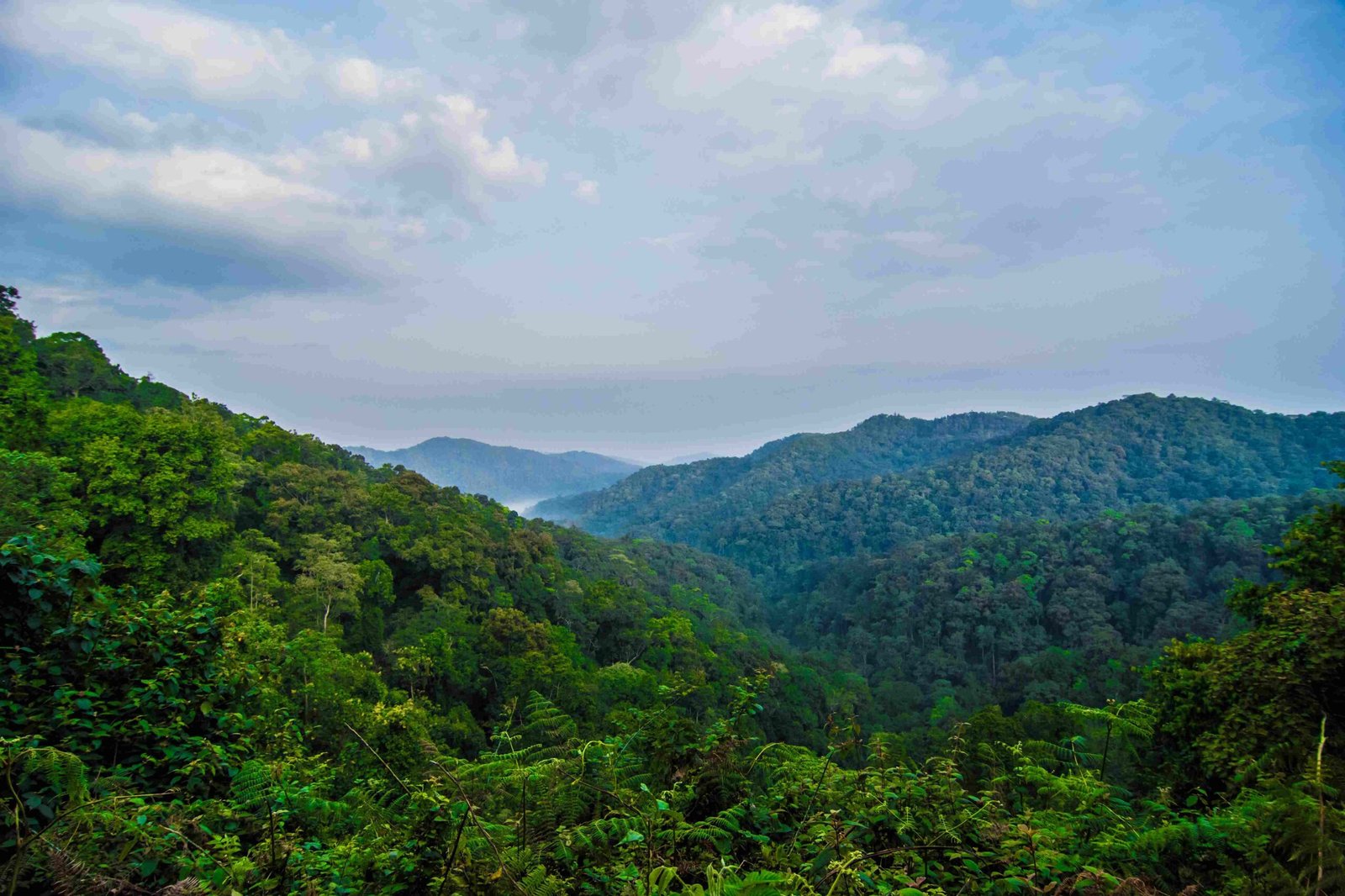
Luxury gorilla safaris offer high-end accommodations, including hot water showers and fine dining, with prices ranging from $300 to $500 per person per night.
Midrange gorilla trekking tours offer a balance between luxury and budget and are accommodated in moderate, comfortable lodges costing $150 to $200 per person per night.
Budget gorilla tours are the most affordable option, with prices ranging from $400 to $450 per person per day with room sharing, and are best scheduled during the low season from April to May.
Regardless of the cost, booking a gorilla safari and permit is a vital way to show support for the conservation of these endangered primates. With options available for every budget and travel style, anyone can experience the thrill of a gorilla trekking adventure.
Gorilla Trekking in Uganda vs Rwanda Vs Congo
When it comes to gorilla trekking, Uganda and Rwanda are two of the best destinations to choose from. Both countries offer captivating experiences and access to mountain gorilla trips, but they do have some key differences. For instance, Rwanda’s gorilla trekking permits are substantially more expensive, costing around $1,500 per person, while Uganda offers permits for only $700.
Despite the price difference, Uganda’s larger gorilla population means that it’s easier to secure permits, making it a great option for spontaneous travelers with less time before they depart. On the other hand, Rwanda’s Volcanoes National Park is much closer to the capital city, Kigali, which makes it an ideal location for quick gorilla trips. However, those seeking a more complete gorilla safari experience with a wide range of sites, landscapes and activities should opt for Uganda.
Uganda’s Bwindi Impenetrable Forest National Park boasts the highest number of gorilla families out of all three parks and is ranked as the number one destination for mountain gorilla trips. Plus, Uganda offers a wider range of wildlife experiences, including game viewing, immense lakes and snow-capped mountains. If you’re specifically interested in trekking mountain gorillas in Uganda, Bwindi Impenetrable Forest National Park is the place to go. It’s highly recommended to book permits a year in advance, and note that the minimum trekking age is 15 years old.
Mgahinga National Park is also another great option for trekking mountain gorillas in Uganda, but the permits can only be reserved up to two weeks in advance. While the gorilla family there is the only habituated family to take trips to Rwanda or DRC, it’s worth the longer journey to enjoy the province’s unique wildlife. Rwanda’s Volcanoes National Park is ideal for many visitors as it’s where Dian Fossey, renowned primatologist and conservationist, was based. Gorilla tours there are much easier than in Uganda since the mountains offer a more gradual climb with clearer visibility. The families to be tracked are assigned on the day of the trek, not when reservations are made, making it a much more flexible option for travelers.
As for the Democratic Republic of Congo, gorilla trekking trips to Virunga National Park are not currently safe due to unstable rebel activity since 2008. Though if it’s possible and safe, Congo still offers the easiest place to pick up permits for as little as $450 on short notice.
What is the Best time to go Gorilla Trekking?
When planning a gorilla trekking trip, keep in mind that Uganda and Rwanda have four seasons all year round, which means two wet and dry seasons. The best time to visit is between December to February and June to September, during the dry season when there are less rainy days and the paths are drier, making the trek easier. Nonetheless, mountain gorilla trips are possible all year round while gorilla parks are open all year round.
Booking a Gorilla Permit – How Far in Advance?
The timing of booking a gorilla permit depends on the season in which you plan to visit. For peak seasons, it is recommended that you book your gorilla permit as early as three months or a year in advance to ensure availability. On the other hand, during low seasons, it is possible to book gorilla permits on short notice due to fewer visitors. While it may be possible to inquire about the availability of permits for last-minute trips, it is not recommended to rely on this option.
What to Pack for Gorilla Trekking?
When preparing for gorilla trekking, there are certain items you should bring along. Mornings in the park can be cool and misty, so it’s advisable to wear a waterproof jacket or poncho. Leather gloves to protect your hands from stinging nettles, waterproof medium-weight hiking boots, and a hat are also essentials. Bring a waterproof pouch for your camera, water bottle, and snacks. Avoid wearing bright clothes, perfumes, colognes, or jewelry as these distractions might excite the gorillas.
Uganda or Rwanda: Which is Better for Gorilla Trekking?
While it is hard to sum up Uganda or Rwanda as a better option for gorilla trekking, it is recommended to see the gorillas in both countries if possible. Uganda offers an authentic African feel with wonderful scenery but has steeper slopes to the gorilla families, making them a little bit harder to see. However, Uganda has an advantage in terms of the lower price of their gorilla permits. On the other hand, Rwanda is easier to travel to, only a two-hour drive from the capital, and has less steep trekking with less thick vegetation.
How Close Can You Get to the Gorillas?
When you finally meet the gorillas, the rule is to stay about 7 meters away. However, there are cases when the gorillas move closer to you, and it’s possible to get incredibly close to the family of gorillas, probably within arm’s reach. Although it’s not meant to be an interactive experience, the gorillas might brush up against you when they walk past. It is an observational experience where you can see their teeth and eyes and watch them go about their daily lives Fitness Level and
Limitations for Gorilla Trekking in Uganda and Rwanda
To track mountain gorillas, you need a fair level of fitness. If getting a beverage from a fridge is the only exercise you do, gorilla trekking may not be for you. However, during the planning process, inform your tour operator about your fitness levels. Some gorilla families can be tracked on easier hikes, whereas some take longer and more challenging treks. The minimum age for gorilla trekking is 15 years old, and there’s no maximum age as long as visitors are fit enough to walk for long hours.
